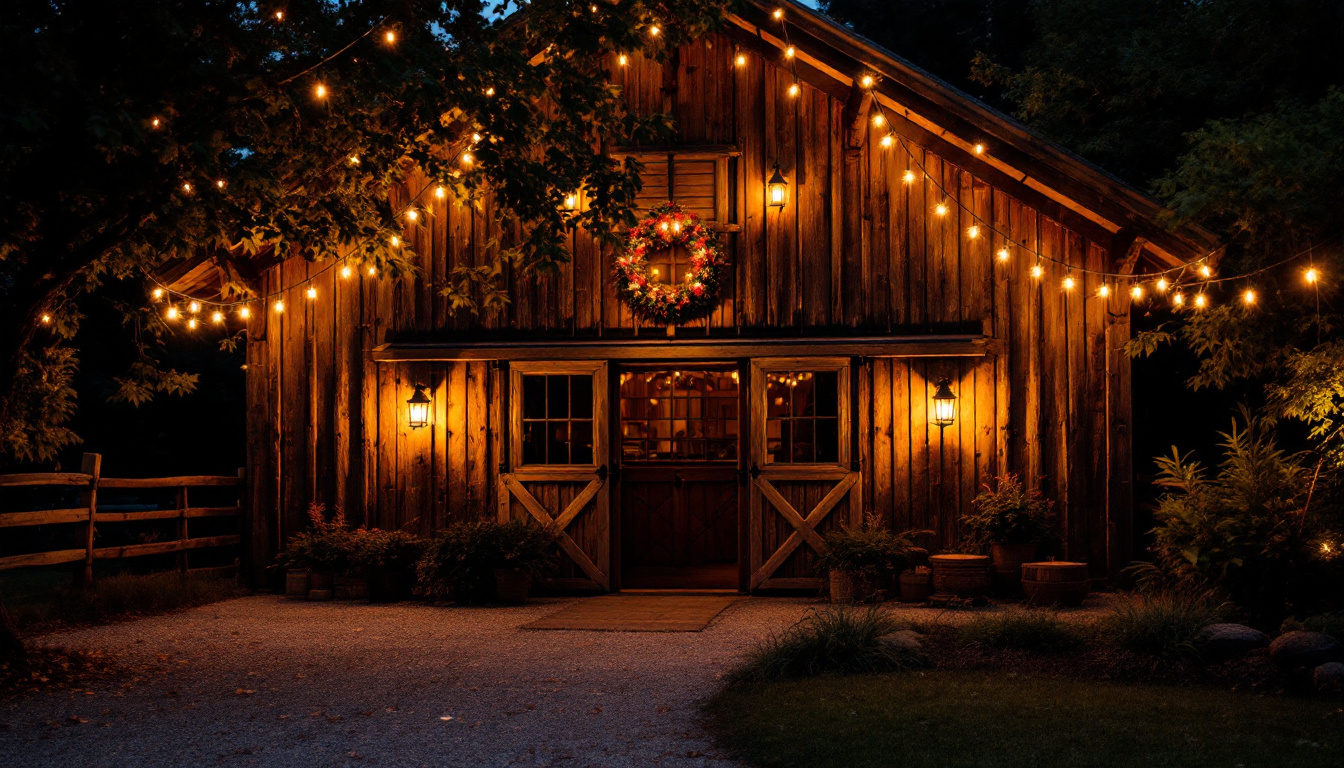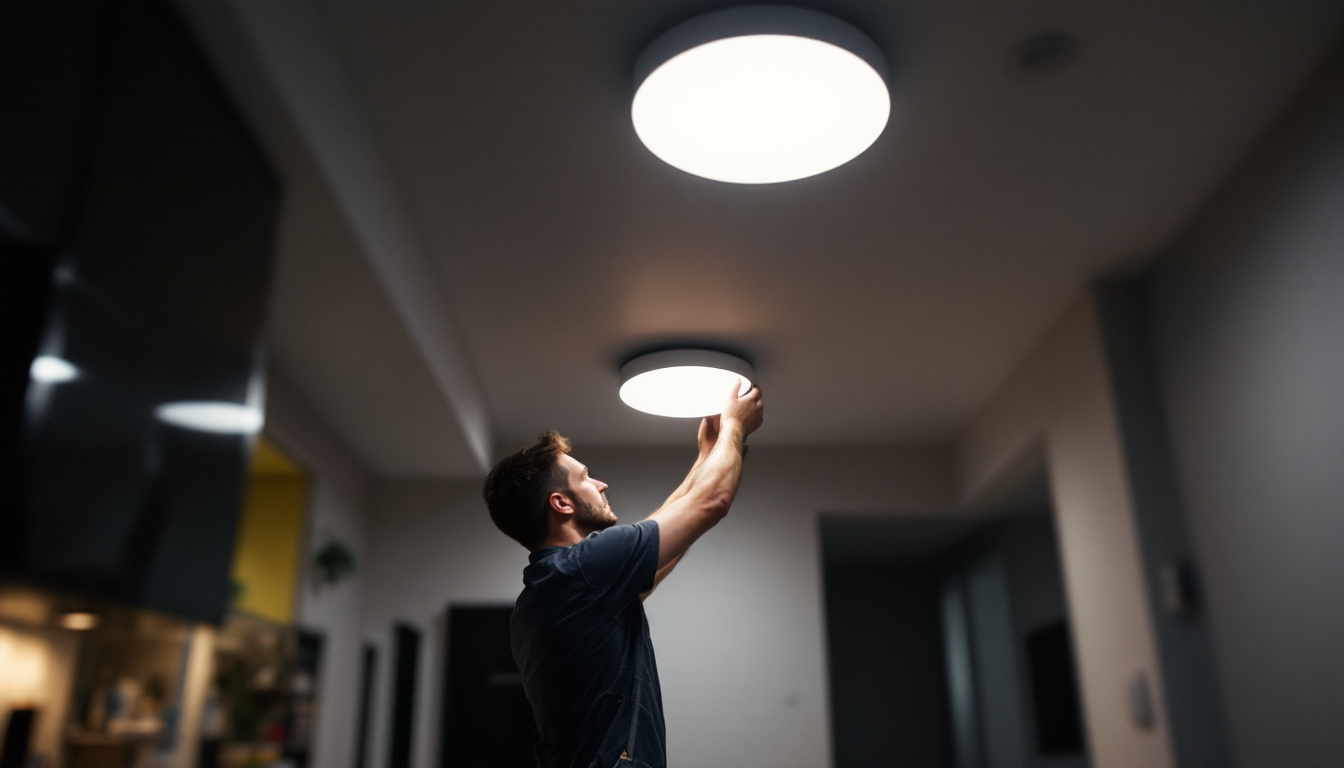
Understanding the various components of lighting fixtures is essential for lighting contractors. One of the most fundamental aspects is the light bulb base. The base of a light bulb not only determines compatibility with fixtures but also affects the overall performance and efficiency of the lighting system. This article delves into the different types of standard light bulb bases, best practices for selection and installation, and tips for ensuring optimal performance.
The base of a light bulb is the part that connects the bulb to the light fixture. It plays a crucial role in the electrical connection and physical stability of the bulb. There are several standard types of light bulb bases, each designed for specific applications and fixtures. Familiarity with these bases is vital for any lighting contractor.
Light bulb bases come in various shapes and sizes, each serving different purposes. The most common types include:
Each type of base has its unique characteristics and applications, making it essential for contractors to understand their differences when selecting bulbs for specific projects. For instance, the Edison screw base is favored for its ease of use and widespread availability, while the pin base is often chosen for its compact design, allowing for more versatile applications in tight spaces.
When selecting a light bulb base for a project, several factors should be considered:
By carefully evaluating these factors, lighting contractors can make informed decisions that enhance the performance and efficiency of their lighting designs. Additionally, it is important to stay updated on new technologies and innovations in lighting, as advancements in LED technology and smart lighting solutions are continually reshaping the industry. These modern options not only offer improved energy efficiency but also provide greater flexibility in terms of color temperature and dimming capabilities, allowing for more tailored lighting solutions that meet the specific needs of various environments.
Moreover, understanding the longevity and maintenance requirements of different bulb types can further influence the choice of base. For instance, while LED bulbs may have a higher initial cost, their extended lifespan and reduced maintenance needs can lead to significant long-term savings. This consideration is particularly crucial in commercial settings where lighting is used extensively, and minimizing downtime is essential for operational efficiency. By weighing all these factors, contractors can ensure that their lighting choices not only meet aesthetic and functional needs but also align with budgetary constraints and sustainability goals.
Installation is a critical phase in any lighting project. Proper installation ensures safety and longevity of the lighting system. Here are some best practices for installing light bulb bases:
Before beginning any installation, safety should be the top priority. Here are some key safety measures:
Using the correct installation techniques can prevent issues down the line. Consider the following:
By following these best practices, lighting contractors can ensure a safe and effective installation process.
Additionally, it is important to consider the type of light bulb being installed. Different bulbs, such as LED, incandescent, or fluorescent, have unique characteristics that may influence how they should be installed. For instance, LED bulbs often come with specific installation instructions due to their energy efficiency and heat management requirements. Understanding the nuances of each bulb type can enhance performance and extend the lifespan of the lighting system.
Furthermore, proper maintenance of light bulb bases is equally crucial. Regularly checking the fixtures for dust accumulation and ensuring that connections remain tight can prevent flickering and prolong the life of the bulbs. It is advisable to schedule periodic inspections, especially in high-use areas, to catch any potential issues early on. This proactive approach not only maintains the aesthetic appeal of the lighting but also ensures a safe environment for all users.
Maintenance is often overlooked in lighting systems, yet it plays a crucial role in ensuring longevity and optimal performance. Regular checks and maintenance can prevent premature failures and enhance the overall efficiency of the lighting system.
Conducting regular inspections of light bulb bases can help identify potential issues before they become significant problems. Here are some tips:
Keeping light bulb bases clean is essential for optimal performance. Dust and debris can accumulate over time, affecting the connection and efficiency. Here are some cleaning tips:
By implementing regular inspections and maintenance, lighting contractors can extend the life of their lighting systems and improve overall performance.
Even experienced lighting contractors can make mistakes when working with light bulb bases. Being aware of common pitfalls can help prevent issues and ensure successful installations.
One of the most frequent mistakes is using bulbs with incompatible bases. This can lead to poor performance or even damage to the fixture. Always double-check the specifications of both the bulb and the fixture to ensure compatibility.
Another common error is overlooking wattage ratings. Exceeding the recommended wattage can cause overheating and potential fire hazards. Always adhere to the wattage limits specified by the fixture manufacturer to ensure safety and longevity.
Each lighting fixture comes with manufacturer guidelines that should be followed closely. Ignoring these guidelines can lead to improper installation and performance issues. Always refer to the manufacturer’s instructions for installation, maintenance, and bulb selection.
The lighting industry is continually evolving, and innovations in light bulb bases are no exception. Understanding these advancements can help lighting contractors stay ahead of the curve and provide the best solutions for their clients.
With the rise of smart home technology, smart lighting bases are becoming increasingly popular. These bases allow for remote control and automation of lighting systems, providing convenience and energy efficiency. Contractors should familiarize themselves with smart lighting options and how to integrate them into existing systems.
Energy efficiency is a significant focus in modern lighting design. Newer bases are being designed to accommodate energy-efficient bulbs, such as LEDs and CFLs, which consume less power and have longer lifespans. Understanding these options can help contractors provide sustainable solutions for their clients.
Some manufacturers are developing modular base designs that allow for easy upgrades and replacements. These designs can simplify the installation process and make it easier for contractors to adapt to changing technologies.
Understanding standard light bulb bases is essential for lighting contractors aiming to deliver high-quality installations and maintenance. By familiarizing themselves with the various types of bases, adhering to best practices for installation and maintenance, and staying informed about industry innovations, contractors can enhance their expertise and provide exceptional service to their clients.
Ultimately, the choice of light bulb base can significantly impact the performance and efficiency of lighting systems. By prioritizing compatibility, safety, and energy efficiency, lighting contractors can ensure that their projects meet the highest standards of quality and effectiveness.
Ready to elevate your lighting installations with the highest quality at the best value? Look no further than LumenWholesale for all your lighting needs. Our spec-grade lighting products are designed to meet the rigorous demands of any project, ensuring you deliver excellence to your clients every time. Say goodbye to inflated markups and hello to unbeatable wholesale prices, free shipping, and the convenience of bulk buying. Don’t compromise on quality or cost—choose LumenWholesale and make your next lighting project shine. Visit us now at Wholesale Lighting at the Best Value and experience the difference quality lighting can make.

Discover how Stripe Light is revolutionizing the lighting industry by streamlining operations for contractors.

Discover the impact of decorative can lights on modern lighting design and why they are essential for contractors.

Discover how barnyard lighting can transform your outdoor spaces and elevate your lighting projects.

Discover how ceiling pot lights and recessed lights can enhance efficiency for lighting contractors.